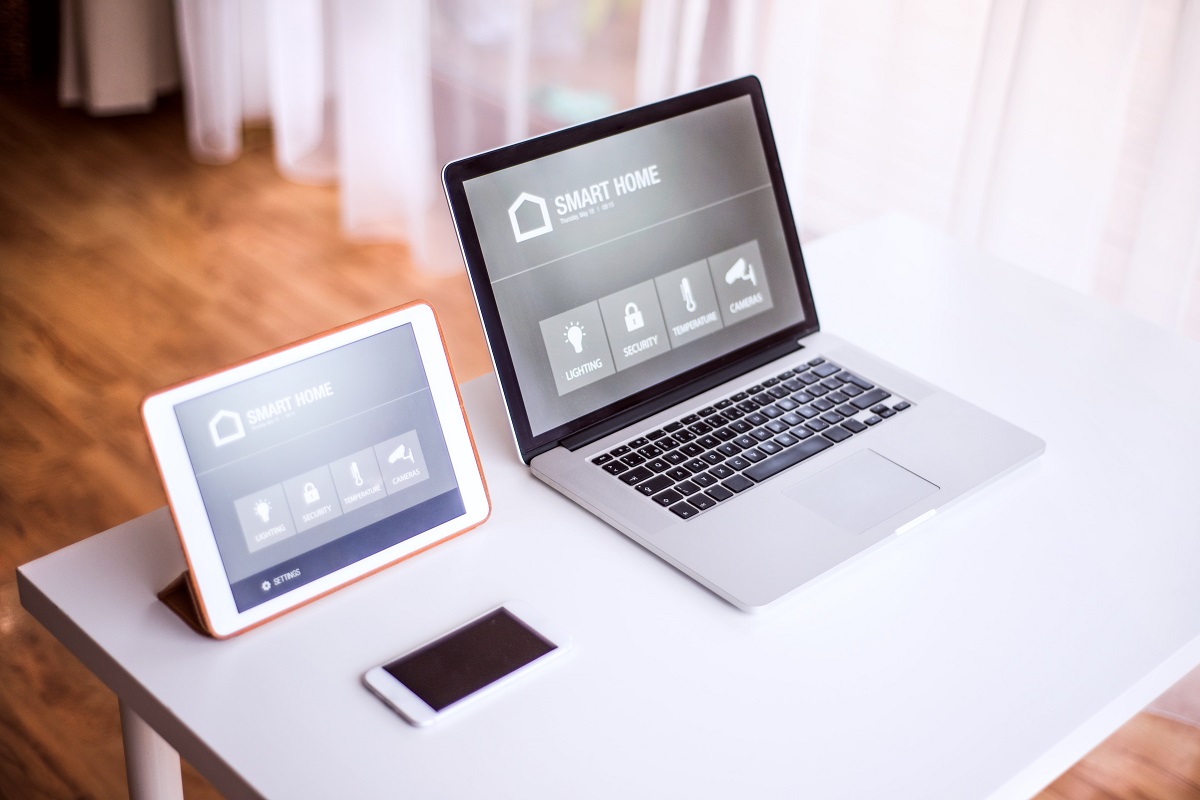Smart furniture is already a reality; the real challenge is to know how to collect data and interpret it
Nowadays, artificial intelligence is taking control of all areas in our lives. There are already cities, cars, phones, computers and defence systems which work with artificial intelligence. If everything continues in this way, how will the future furniture look?
Well, some people think that furniture will be equipped with a red button to destroy the world. But, María José Nuñez, director of the IT department at AIDIMME, affirms that the concept of smart furniture refers to the task of including the necessary technology in furniture design, in order it can be able to collect information about users, interpret it and adjust its functionality. However, Núñez confesses that this goal is not yet in sight.
Marcelo Alegre, from the company Alegre Design, thinks that the future of furniture is to become more flexible and multifunctional. The new idea of future furniture involves going beyond the task for which it was originally designed.
In the same way as smartphones, which provide more services than telephonic communication, furniture in the following decades should provide a more integral experience.
The future of furniture is linked to the development of intelligent domestic systems
.
Future furniture must anticipate the needs of users
In this same sense, Luis Calabuig from the company Odosdesign says that is a matter of time when the furniture industry will join this same trend as others sectors regarding competitiveness.
Furniture design must search a way to increase its functionality and its capacity to provide added value. However, Javier Cuñado from the company Item Designworks has another vision of the problem, as he warns that the danger of this leap in smart furniture is the inequality promoted.
We cannot forget that the fact of including smart technologies opens a gap between people who can buy it and who cannot afford it. He says that smart furniture is already a reality, but the real challenge is to know how to collect data and interpret it.
In the opinion of Cuñado, the role of designers in the XXI century is to make that these data reach users in a way that furniture can anticipate their needs and tastes.
Nanotechnology: the future of furniture
For being successful in this forward leap in smart furniture, it is essential to adjust its design according to nanotechnology and advances in the field of telecommunications. As some members of Ramos & Bassols explained, the challenge is to include these advances by using a subtle and efficient way.
However, Cutu Mazuelos from the company Stone Designs says that this trend of constantly monitoring the behaviours of users could be a trap. Mazuelos affirms that not all users want or need furniture which gives them results on its use. He ensures that there is already too much interaction with technology and this could end up overflowing the market.
Indeed, the problem is not the fact of monitoring, but the possible unscrupulous use of data and its commercialization.
Technology in managing spaces and maximising furniture
Mazuelos is not so strict regarding the management of spaces. He thinks that technology will play a key role in managing and monitoring spaces because it can be used to transform them and increase the utility of furniture.
In this case, Cuñado has the same opinion. He focuses on the need to break patterns in industry and change the mentality of business people when managing spaces, teams and work methods. In addition, from Item Designworks, they highlight that the main aim of all technology is to be efficient.
Technology is useful if human factor is not behind. For this reason, it is necessary that companies accept a role change. They must restructure their models by having in mind the objective of including technology and furniture as management tools. In short, all designers agree on the need of addressing the future furniture from different perspectives, based on traditional industrial design but according to the new trends in managing data, using some consolidated techniques that help to visualise the results.

